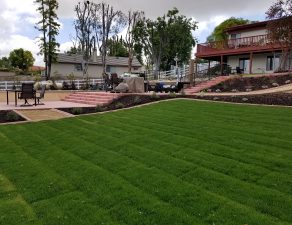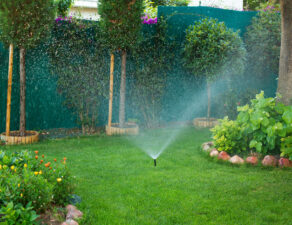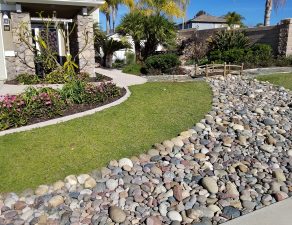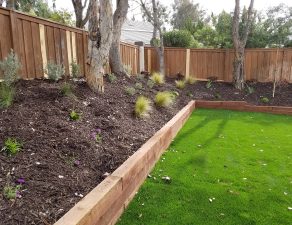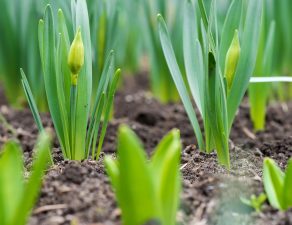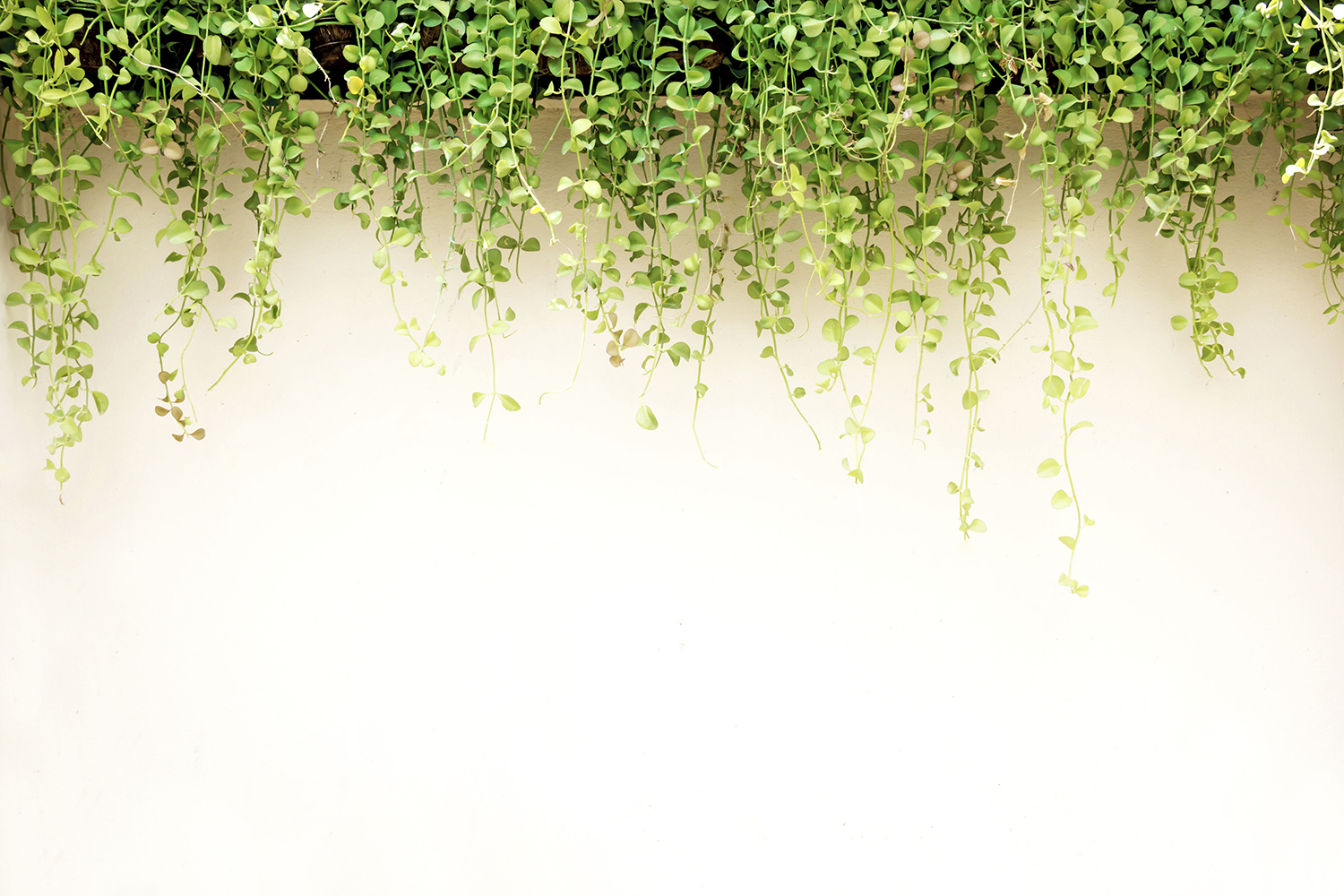
You move into a new home, and quickly discover a pest in your yard. Or your neighbor brings home a pest, and to your annoyance, it spreads into your landscaping! No, we’re not talking about groundhogs or moles… Many species of plants can be surprisingly invasive and persistent! So what can you do about a plant that threatens to take over your entire garden?
We often see stories like these, regarding bamboo, ivy, mint, and equisetum (horsetails). But other invasive plants exist, too. A plant is considered “invasive” when it has been transported outside of its natural environment, and then causes harm in its new location. This often happens because a species outside of its natural location will not face its usual challenges such as herbivores, insects, or diseases.
The danger of invasive plants lies in their ability to spread so quickly that they steal resources from other species. For example, ivy and kudzu are known to climb trees and eventually smother them, because the lush leaves absorb most of the light and air that would normally reach the tree.
And of course, invasive plants take a disproportionate amount of nutrients from the soil that would normally be shared by many co-existing species. That’s probably why you don’t want bamboo or equisetum spreading into your yard.
So, how do you get rid of invasive species in your yard? Three primary methods exist, and sometimes you might need to take a multi-pronged approach. Mechanical removal means that you simply cut the plant out of the landscape, including the roots. Chemical removal will require the use of herbicides, which can be dangerous to the surrounding environment and even your own health. And biological removal means that you introduce species that compete with the invasive one, to hopefully combat its spread. But of course, you might then have a new invasive species to worry about!
All of the above methods offer both benefits and drawbacks. And depending upon the species of plant that you’re battling, certain methods might work better at specific times of year. So our main recommendation is that you call us to discuss your particular problem in more detail, so that we can offer you additional advice on how to rid yourself of it. Then we can help you heal the damage to your yard, and plant more appropriate species for both beauty and biodiversity on your property.

